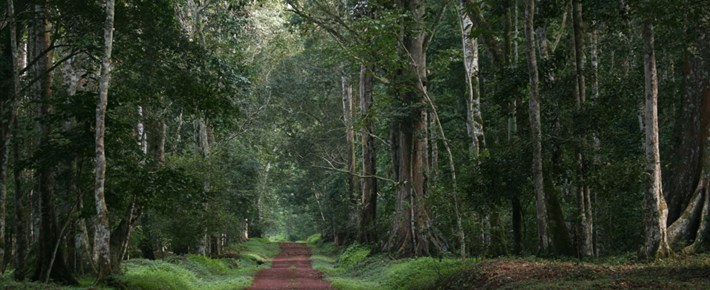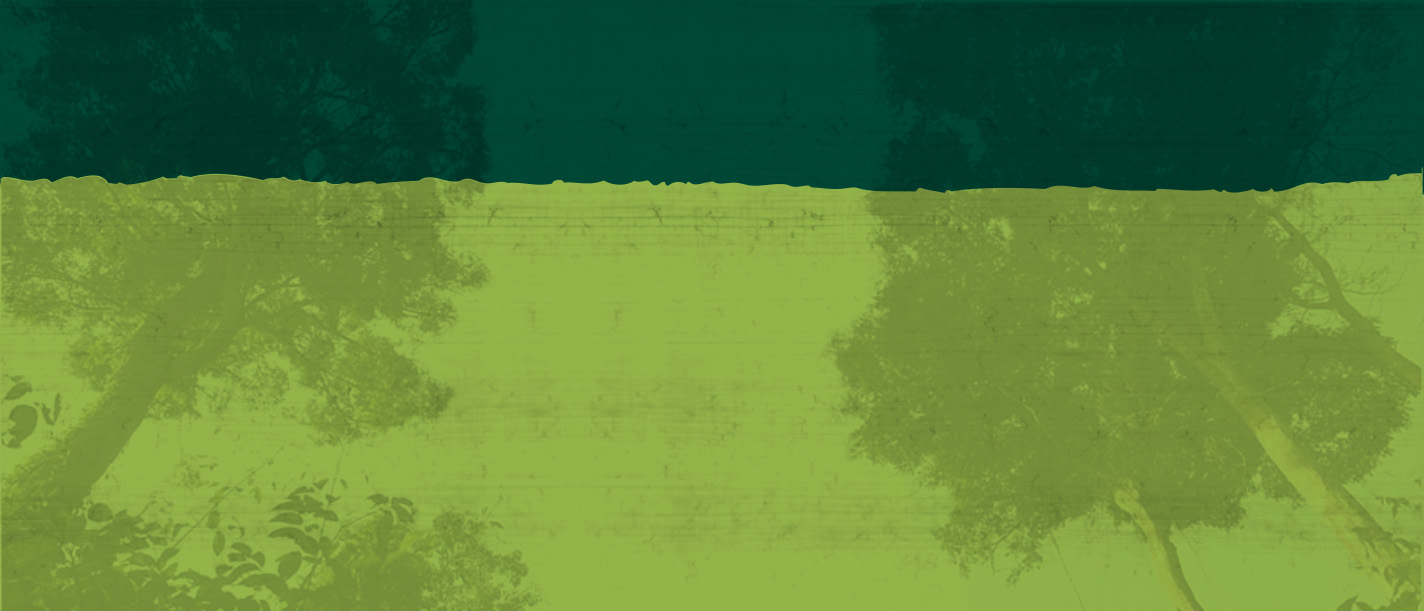The Budongo Forest

The Budongo Forest is an important East African forest. This is because it is a particularly well-studied area and was, in the past, well-known for its mahogany.
The forest
The ecology of the Budongo Forest was first studied in detail by W.J. Eggeling (1947). He described the succession of the forest, from Colonising Forest, through Mixed Forest, to Climax Forest characterised by ironwood (Cynometra alexandrii), the dominant species. In his view the whole forest would eventually, if left undisturbed, become dominated by Cynometra alexandrii.
Subsequently for several years from 1990, the study of the ecology of Budongo Forest was taken up by A.J. Plumptre. He discovered that the tree composition of the forest varied along an axis from SW to NE, with trees of the earlier successional stages to the SW and trees of the later successional stages to the NE. This showed that the forest is oldest in the NE and youngest in the SW.
Plumptre also studied the effects on the forest of 60 years of selective logging. Records kept by the Forest Department showed that nearly all compartments of the forest had been selectively logged during the period 1930 - 1990, the only exceptions being the two Nature Reserves. The logging, done primarily by the British, combined with selective use of arboricide on Cynometra trees, was designed to prevent the forest from moving from Mixed Forest to Climax Forest.
The reason for this was that the four species of mahoganies (three Entandrophragma species and one Khaya species) providing the most valuable timbers from Budongo all grow in Mixed Forest and are excluded by Cynometra from Climax Forest. Plumptre showed that the British succeeded in causing a great increase in Mixed Forest at the expense of Cynometra Forest as a result of the felling and use of arboricide, but were less successful in achieving regeneration of mahogany trees. Indeed, a wide variety of tree species replaced the Cynometras, including especially Celtis spp. and Ficus spp. which had no timber value.
From the point of view of the forest wildlife, especially the primates including chimpanzees, the effects of the British silvicultural techniques was highly beneficial. Species such as Celtis and Ficus provide much food for primates and Plumptre and Reynolds were able to show that in the selectively logged and poisoned areas there were significantly higher densities of primates than in Nature Reserves, and that this was caused by a significant increase in the quantity of fruits available to them.
However, the silviculture has had a negative impact on certain insectivorous birds. Flycatchers and ground-feeding insectivores seem to be affected by changes in forest structure following logging and arboricide treatment. It is therefore important that parts of the forest are set aside as protected areas which are never logged in order to protect the full complement of species.
Complementing the research on forest ecology described above is the work since the mid-90s and ongoing studies of Dr Fred Babweteera on the tree phenology of the Budongo Forest. His work documents a dramatic reduction in the number of fruiting trees fruiting. Over 1400 trees have been monitored monthly in both logged and unlogged compartments. The analyses show that for trees over 30cm dbh (the size at which fruiting most often occurs) there has been a more than 60% decline in fruiting per annum. The causes are not as yet known, but such a large decline is likely to have profound effects on the dynamics of forest regeneration and on the survival rates of fruit-eating animal species. In addition, for crop-raiding species such as baboons and chimpanzees, it is likely to increase human-wildlife conflict. Some evidence of this is already becoming apparent in fields and gardens around the forest edge.
Chimpanzee photos by Florian Moellers
Related Content
- Explore
- Field Station Map
- Chimpanzee groups
- The Budongo Forest
- Accommodation
- BCFS Museum
- Veterinary Centre
- Herbarium
- Herbarium Plant Specimens
- Chimpanzee food list
Latest Articles
-
Revitalizing ornithology research at BCFS
November 30, 2024
-
Perspectives Collective Journal Launch
February 21, 2024
-
Snares are major threat to juvenile chimps in Budongo
November 25, 2022
-
Albino infant chimpanzee sighted in Sonso
September 07, 2021
-
The silver linning of COVID-19
September 15, 2020




